There is no other region in the English countryside that is as romanticized as the Cotswolds. If you get the chance to visit, you will see for yourself why.
Just a couple of hours away from London, this rural area feels like you’re in a different world. It is located in south-central England and spans a total of 6 counties, which includes Oxfordshire and Gloucestershire.
The Cotswolds rural area is a picture of romantic beauty come to life. The fact that the landscape has remained largely unchanged for hundreds of years has also added to its charm and appeal.
At the heart of the Cotswolds are limestone villages, rolling green hills, and farmlands.
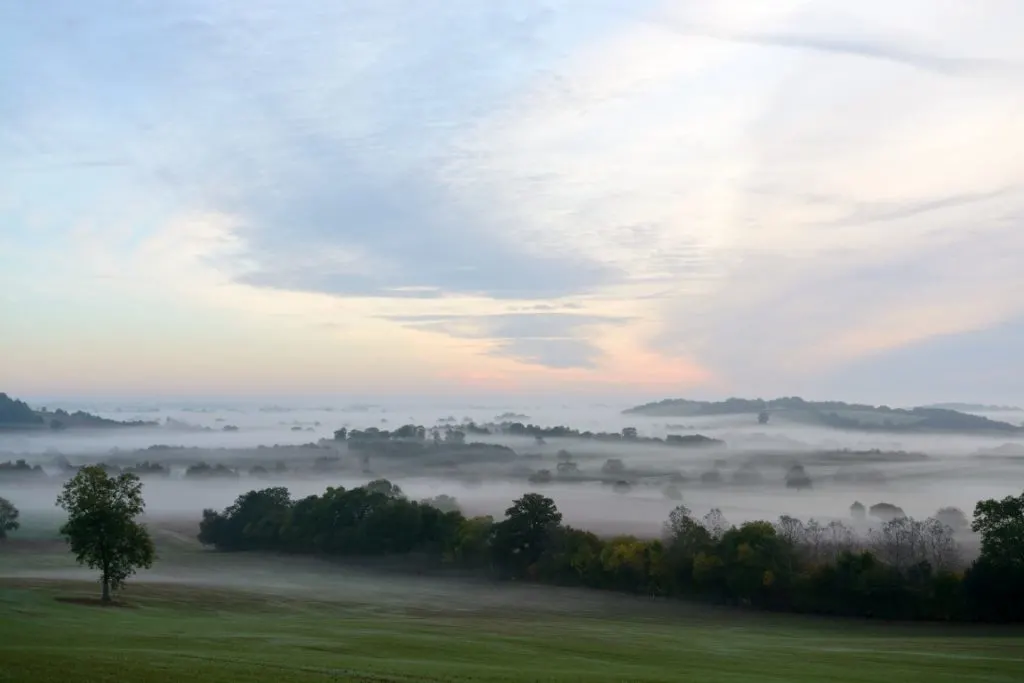
As you walk around its villages, you will chance upon honey-colored cottages, wisterias, old limestone churches, well-preserved buildings, and shops.
It is a picturesque scenery you could only read about in literary books and fairytales. Or perhaps it is the very same villages that have inspired those fairytale books?
Cotswolds is designated as an Area of Outstanding Natural Beauty in 1996, which was later expanded to include more area in the year 2000. This meant that Cotswolds has the same quality of landscape and status as those that were declared as National Parks.
This rural area is therefore governed by the Cotswolds Conservatory Board, wherein they are tasked to oversee the conservation and enhancement of the area covered within the AONB proclamation.
Prior to it being named an Area of Outstanding Natural Beauty, the Cotswolds was already flocked by tourists. As of 2018, this area was visited by 23 million people, which is the most out of any protected landscape. In fact, tourism is a significant part of the economy in Cotswolds.
There are plenty of places to stay in the area, but wouldn’t be just perfect to stay in a holiday cottage in the Cotswolds? Imagine your own thatch-roofed cottage in one of those delightful honey-hued villages – unforgettable.
Table of Contents
How to Get To the Cotswolds
For a chance to explore the romantic beauty and unspoiled landscapes of the Cotswolds, it is important to know how to get here. Tourists have plenty of options to choose from to get here regardless of where you are in the world.
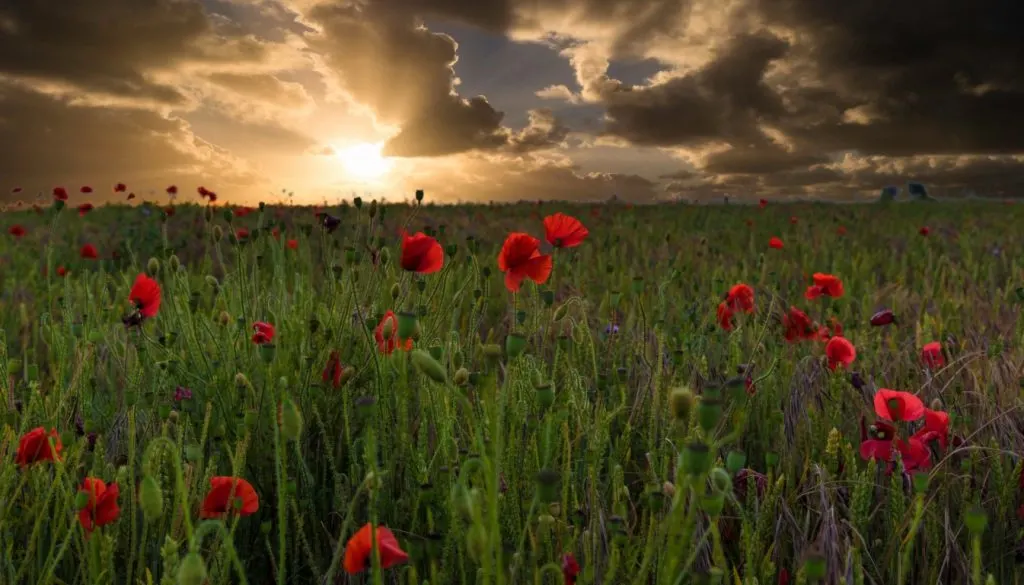
London is the perfect jump-off point for those wanting to visit Cotswolds from other parts of the world. There are daily flights to London from major cities and transportation hubs. Once in London, there are different options available to get to and around the Cotswolds.
READ ALSO: 2 Days in London: The Perfect Itinerary
Aside from London, there are other major gateways such as Oxford, Birmingham, Bath, and Cheltenham. The closest international airports are located in Heathrow and Birmingham.
➤ To reach the Cotswolds by car, you can drive through M40 road. This is the best route to take to gain smooth entry to Cotswolds. Other route options you can take via car are M5 and M4. Always check the road conditions prior to travel to find the best route that offers easy access.
➤ You can also get to the Cotswolds by train. The Cotswolds Line has made it easy for tourists to get here, especially as part of a day trip from London or other parts of England. This section of the train service is linked to London Paddington.
The best part about riding the train to Cotswolds is that you are treated to gorgeous views of the English countryside, especially as you will be making train stops in Charlbury, Kingham, and Moreton-in Marsh.
➤ Another option is taking the Golden Valley Line to Cotswolds. Both the Golden Valley and Cotswolds Lines are operated by First Great Western. You can visit this link to get more information about train lines and services that are headed for Cotswolds.
➤ If you are looking for yet another way to get to the Cotswolds, you can ride the bus. There are two major operators that serve routes to Cotswolds: Oxford Bus Company and Oxford Tube. Depending on the coach service you choose, they have different starting points that include London, Birmingham, and Leeds.
Once you get to the Cotswolds, it is easy to get around if you have a car. Renting a car is the best way to get around Cotswolds and see as many sights as you can. There are local buses in the English countryside but the service is patchy.
Best Places to Visit in the Cotswolds
The Cotswolds offer an endless array of sights, experiences, and things to do and enjoy. Below are 7 of the attractions and experiences that you cannot afford to miss during your visit.
Castle Combe
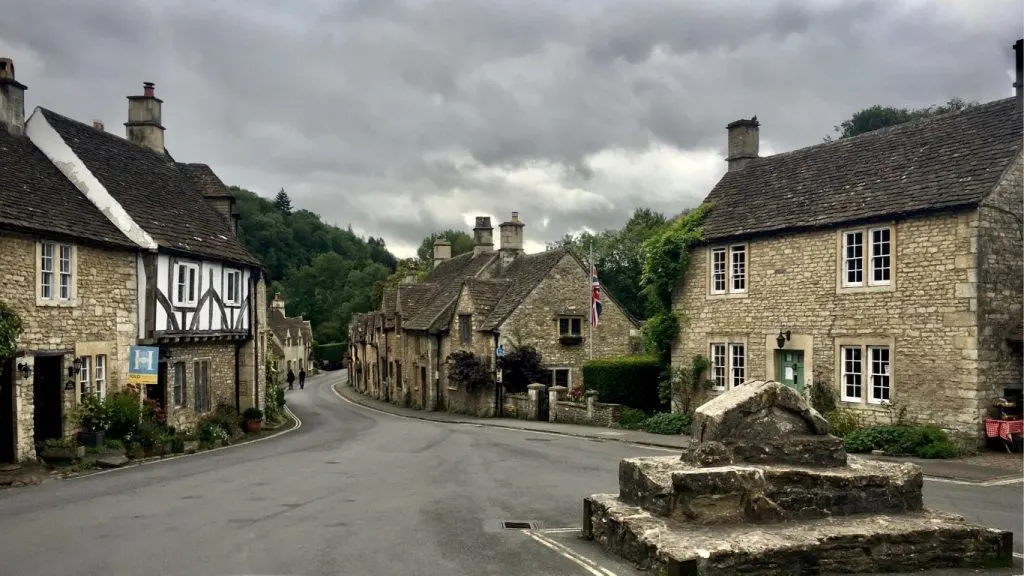
Castle Combe is one of the must-see attractions raved about by tourists. The moment you step into this village, it feels like you are stepping back in time.
In particular, the village has been kept intact since the 1600s. The beautifully preserved village includes notable sights like the honey-hued cottages and meandering river views that scream fairytale.
A perfect day in Castle Combe includes a visit to the medieval market cross monument. This monument is easy to find because it is located near St. Andrew’s Church, another notable attraction in the village.
While there, you can also drop by the village hall to see if there is a market for that day. The quiet village streets invite you to explore it on foot.
There is also a footpath trail from the Market Place that leads to a quiet woodland. This trail extends for 5.5 miles but is absolutely worth the views! Other must-see attractions in Castle Combe include The Old Museum (where you can stay the night), Manor House, Castle Combe Circuit, and The Castle Inn.
Bibury
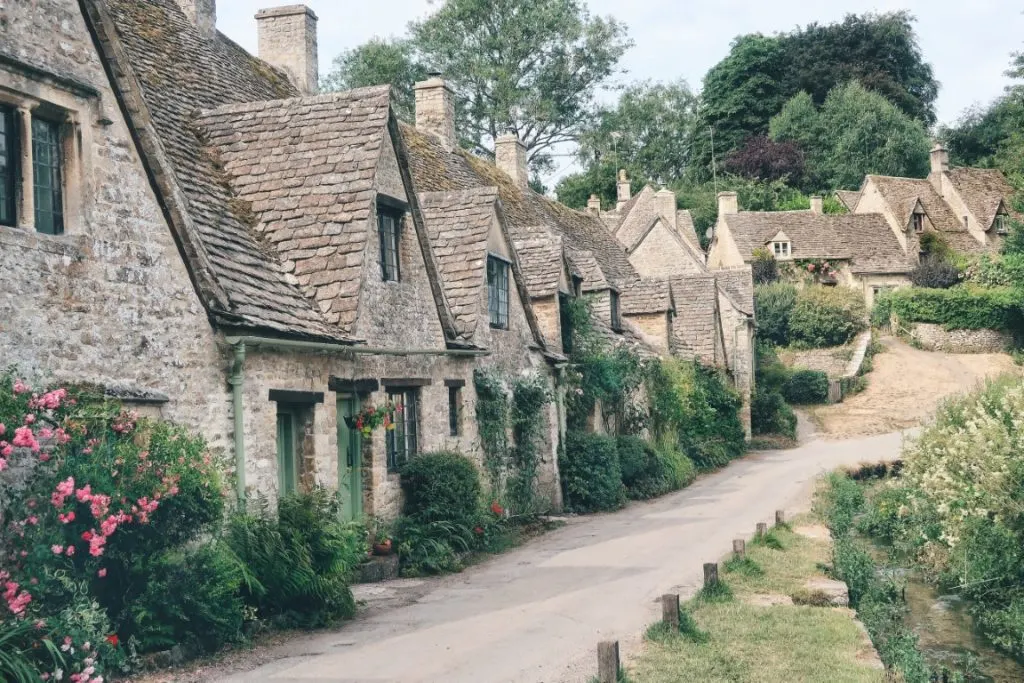
Bibury is another charming town, which is typical of a Cotswolds village. It is a short drive from Cirencester and is a worthy addition to your day trip.
William Morris once called it “the most beautiful village in England”. This alone should be enough to pique your curiosity to give it a visit.
Arlington Row is one of the must-see attractions at Bibury, which is owned by the National Trust. It is one of the most photographed sites in England and is also featured inside the UK passport!
The Arlington Row was built in the 14th century wherein it was used as a monastic wool store. In the 17th century, the building was used as a weaver’s cottage.
Aside from Arlington Row, you can also add the Bibury Trout Farm to your day trip itinerary. There is an on-site shop that you can visit to buy local wines and delicious smoked trout. And if you want to stop by for a lovely meal, visit The Swan or The Catherine Wheel and you will not be disappointed.
Cotswold Lavender

If you cannot go to France for their lavender fields, you are lucky to find one in the Cotswolds. The Cotswold Lavender is another famous tourist attraction for those seeking out the gorgeous lavender fields in Europe. Planted in 2000, this lavender field spans a total of 53 acres.
The limestone soil and the location above sea level (1,000 feet) provide the ideal condition for high-quality lavender. To see the lavender in full bloom, make sure you time your visit in July.
Stow-on-the-wold
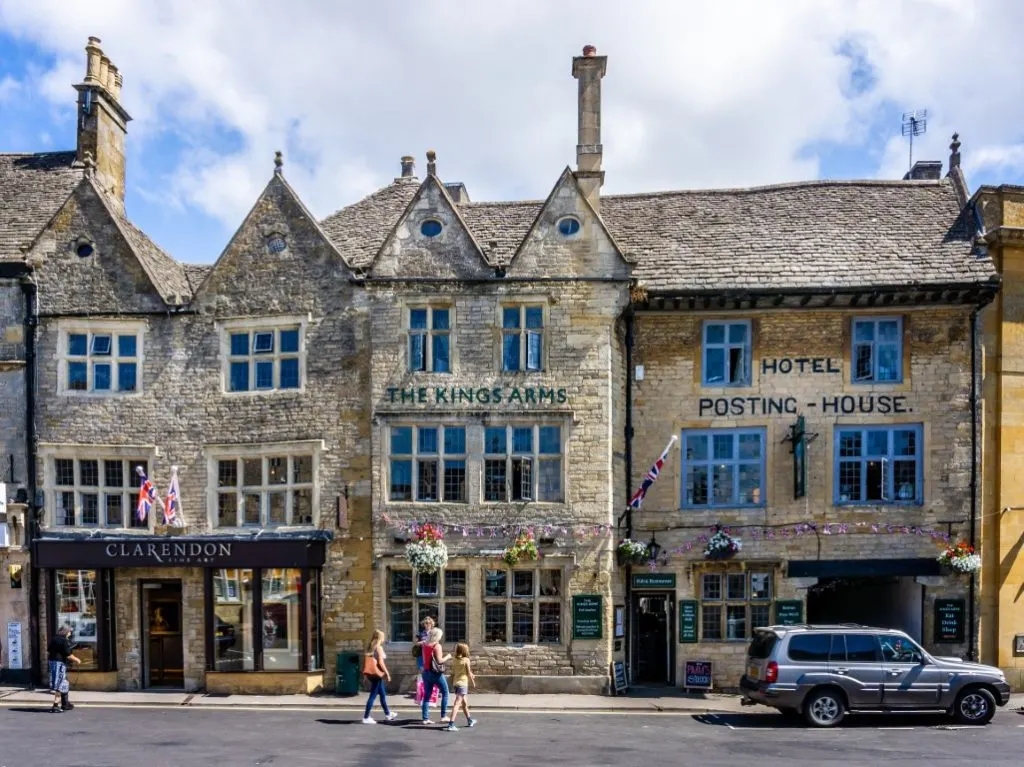
Stow-on-the-wold is located 800 feet above sea level, which makes it the highest among the towns and villages in the Cotswolds. It is ideally situated – close to Roman Fosse Way – so it can be easily accessed from various roads and routes.
This village was once an important trading center with a history that goes back to prehistoric times. During that time, this village was a fortified settlement and was the site of the last battle during the English Civil War. Many signs of the damage of that war are still evident in some of the buildings in the village.
Cotswold Way National Trail
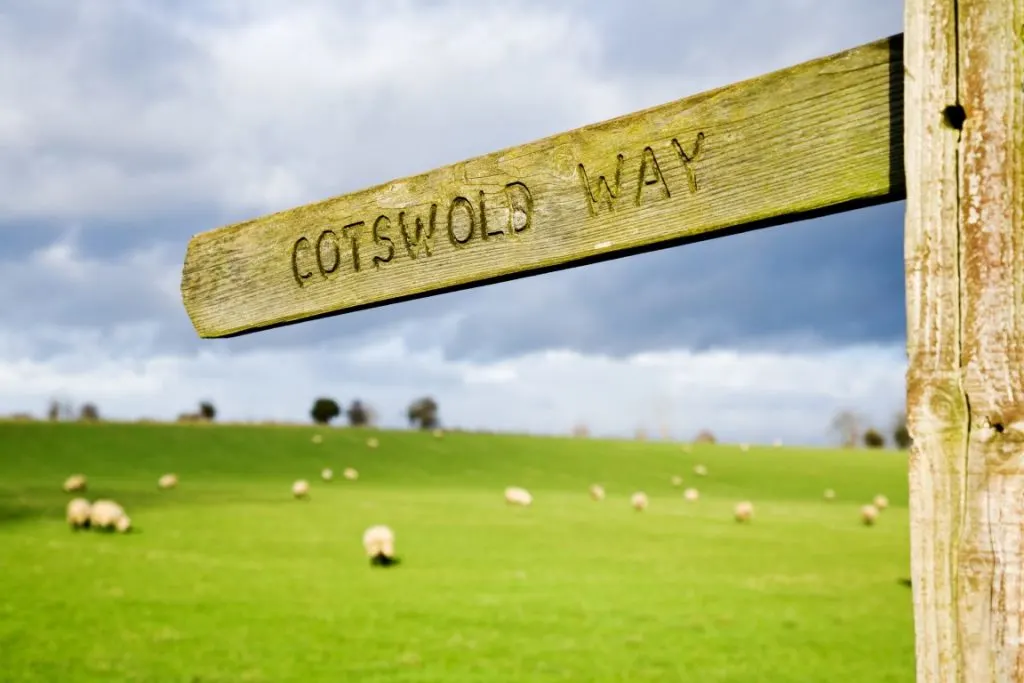
The Cotswold Way National Trail is a scenic yet undulating route that was established as a national trail in 2007. It spans more than 100 miles of the Cotswolds countryside.
It is the perfect trail to explore for avid hikers who want to enjoy a different side of Cotswolds, particularly the stunning views and the chance to stumble upon a few historic sites.
Among the historic sites in question are the Roman heritage at Bath, Sudeley Castle, Hailes Abbey, and the Belas Knap neolithic burial chamber.
This trail has been around for more than 30 years but was recently designated as a National Trail. This designation aims to recognize the special qualities and attractions along this route. There are only a few walking routes in the UK with this special grading.
Broadway Tower
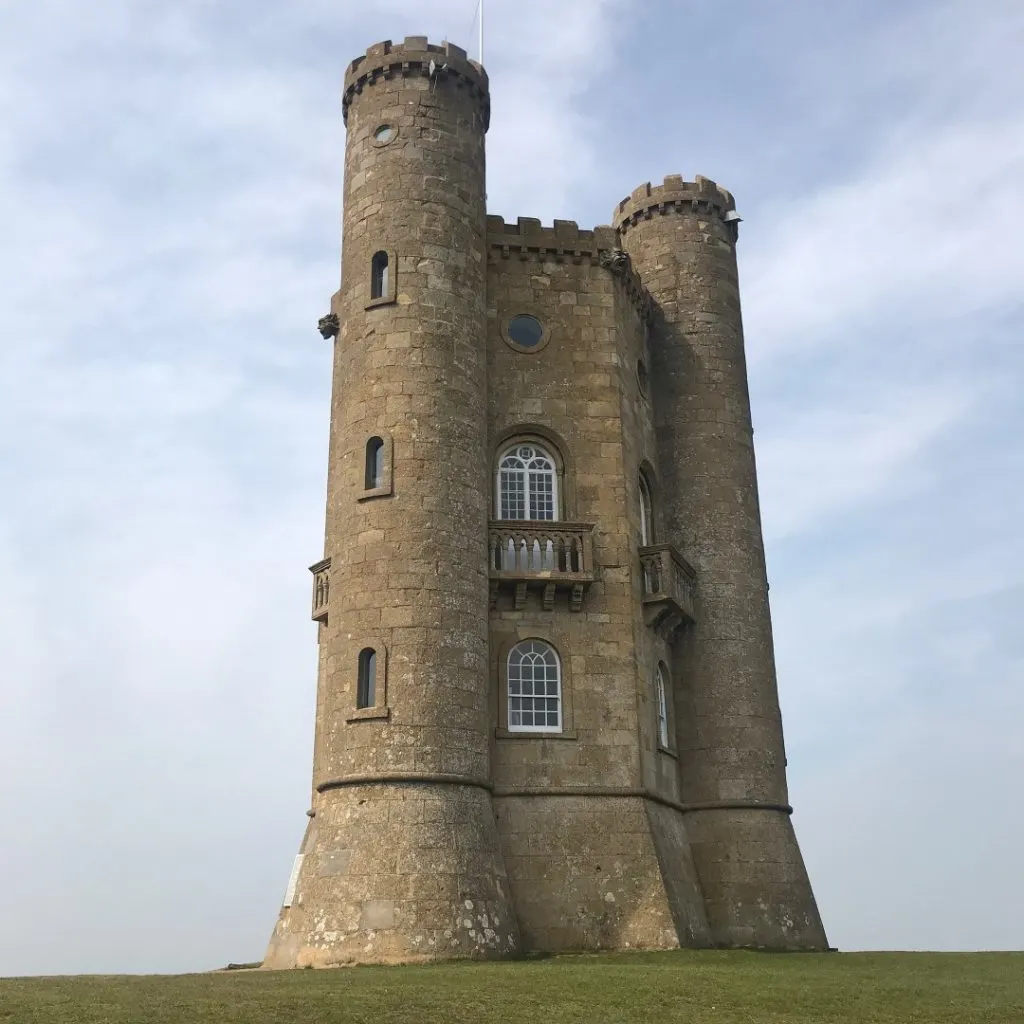
The Broadway Tower is another iconic attraction to check out if you want to see the best of the Cotswolds. This is a unique tower that is open for public access.
It is built in a charming location and is steep in history and English heritage. Located 1,024 feet above sea level, it marks the second-highest point in the Cotswolds escarpment.
You can therefore enjoy unrivaled views when you climb up the tower that can span up to 62 miles in radius.
The tower is divided into three floors, with graphic displays on each. There is also a viewing platform on the roof and a tower shop on-site.
These are all must-visit attractions that you cannot afford to miss if you want to enjoy the full Cotswolds experience. The Broadway Tower is conveniently located along the Cotswolds Way, so make sure you include this in your stop.
Blenheim Palace
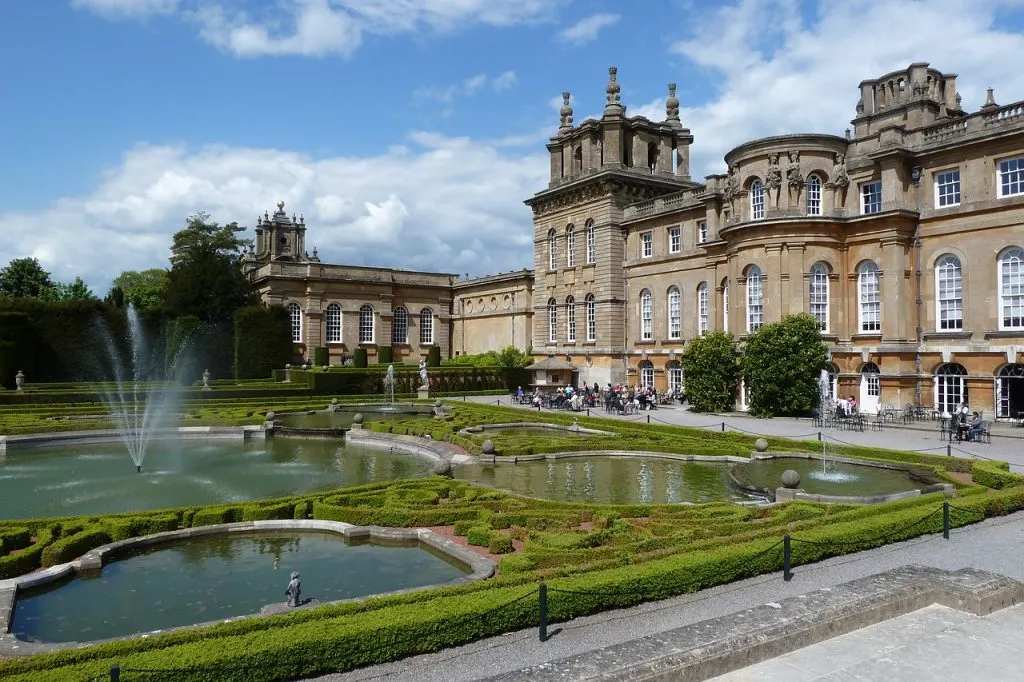
The Blenheim Palace rounds up this list of must-see attractions on your visit to the Cotswolds. This is a World Heritage Site, monumental country house, and historic garden in one.
With more than 300 years of history, it is a bucket list item for any historical enthusiast. This palace also holds the distinction as the only non-royal and non-episcopal house to earn the title of a palace in England.
Blenheim is located near Oxford and boasts of a grandiose romantic park that is a creation of Lancelot ‘Capability’ Brown, a world-famous landscape gardener.
The beautiful garden style has been referred to by many as “naturalistic Versailles”. It was named a UNESCO World Heritage Site in 1987 for its eclectic style and princely dwelling that is nationally rooted.
A Long Weekend in Cotswolds Itinerary
If you are planning to spend a long weekend exploring the Cotswolds, there is plenty you can squeeze into your itinerary. Below is a three-day guide that you can use to plan the perfect Cotswold itinerary in the beautiful English countryside. It’s definitely one of the best Europe road trips to take this year.
Day 1 – Explore the Southern Cotswolds
For your first day in the Cotswolds, you can start at one of the most-visited parts of the region: Castle Combe.
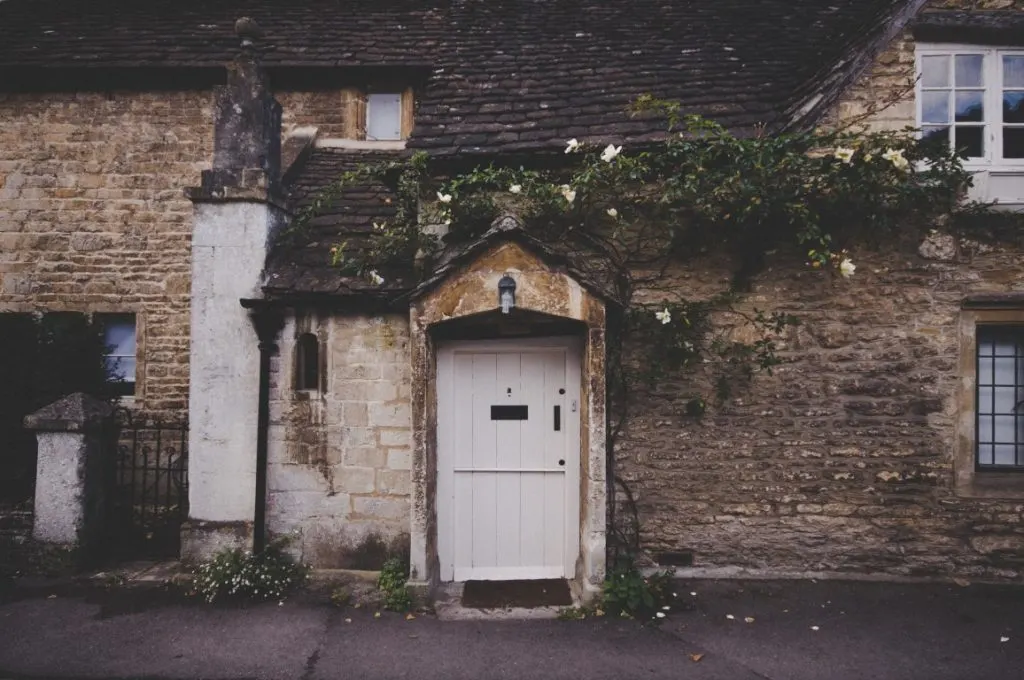
This fairytale village is beautifully preserved from the 17th century with its romantic cottages, meandering rivers, and a boatload of other tourist attractions. Make it your first stop as sort of a sneak preview of what your weekend will be like.
Once you are done strolling the gorgeous streets of the charming Castle Combe, drive for less than an hour to another picturesque village – Bibury.
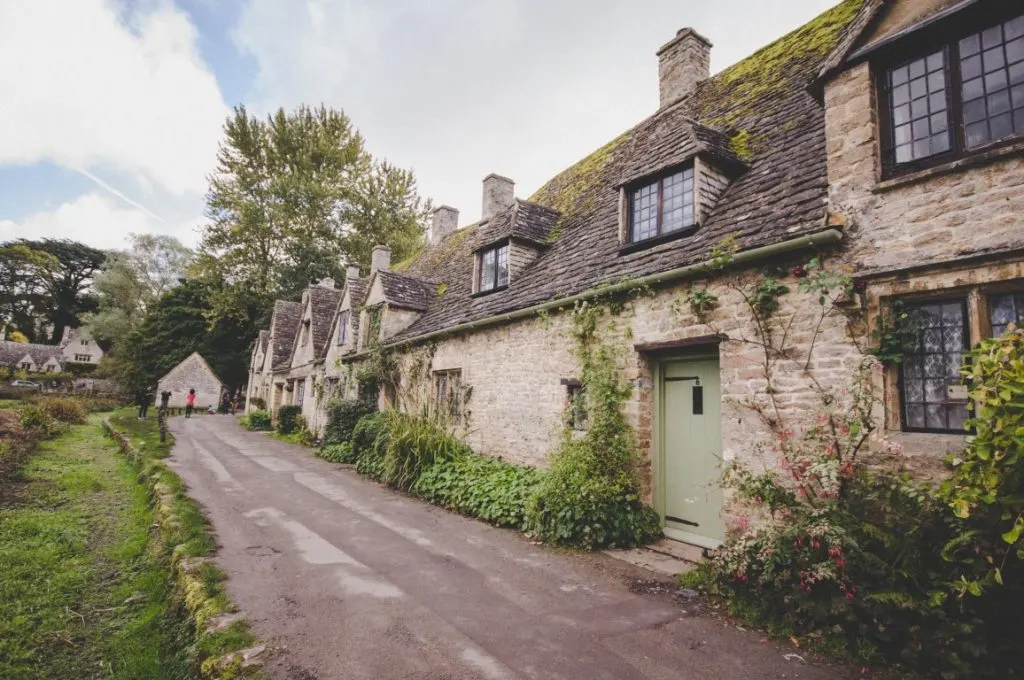
The Arlington Row is the biggest attraction here, but you can also explore other historic sites such as the Bibury Trout Farm and The Swan.
From the historic village of Bibury, you can drive for 13 minutes to reach the rural village of Burford.
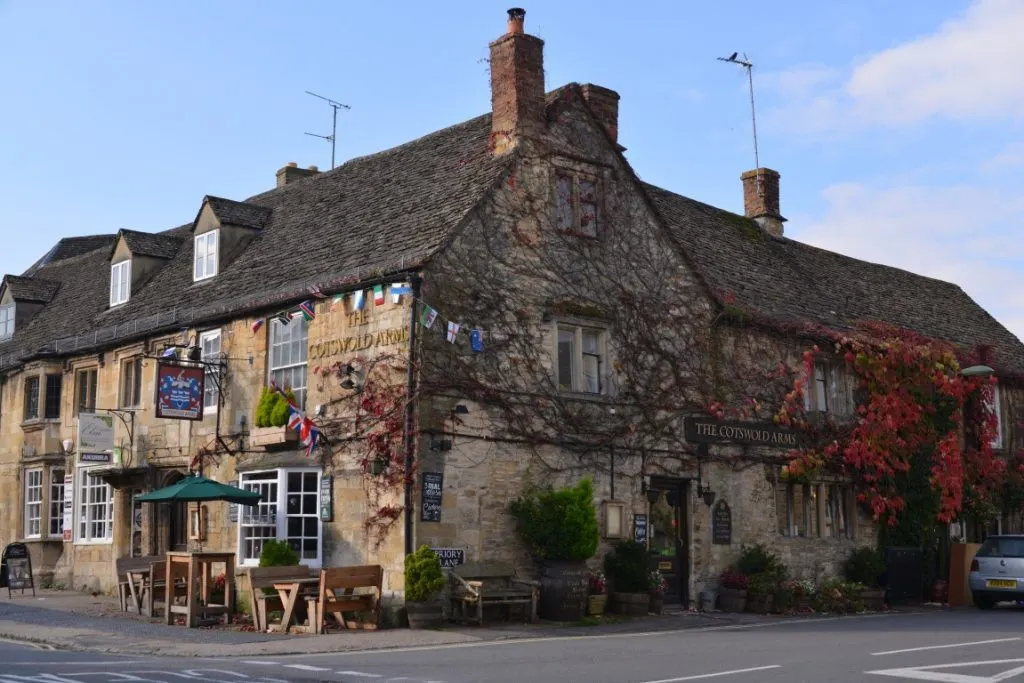
Visiting these two villages can provide you with a look into two different types of English villages. Burford is known as the ‘gateway’ to the Cotswolds. There are plenty of things to do in Burford such as visiting the Burford Church, Tolsey Museum, and Burford Priory.
You can make a stop at The Swan Inn to grab lunch or afternoon tea. Once you’ve had your fill of the English delicacies, you can drive to either the village of Painswick or the Painswick Beacon.
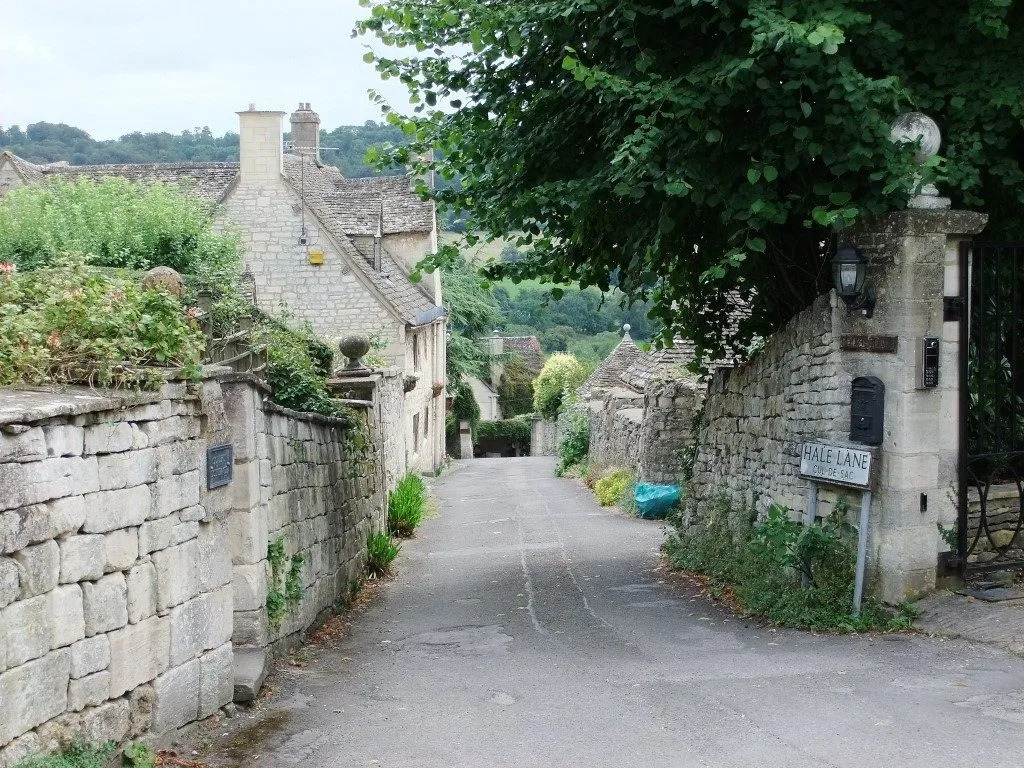
While Painswick is another painfully charming village, Painswick Beacon is a great spot for sunset in the Cotswolds.
If you are not into sunset-chasing, you can tour the Blenheim Palace, which we talked about before.
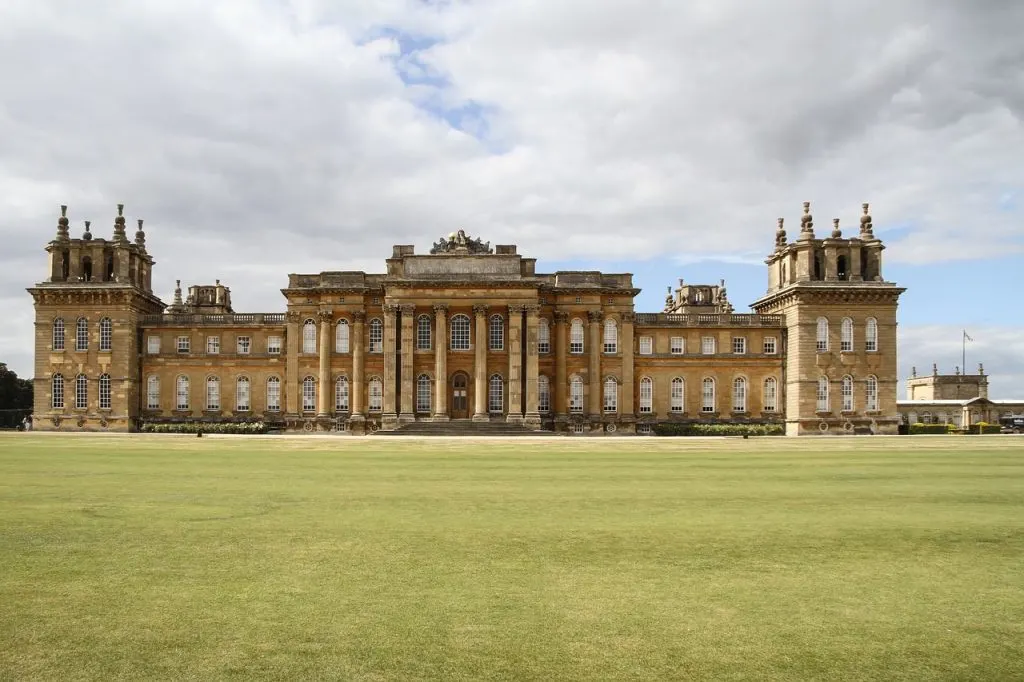
You can walk through its historic grounds and marvel at the romantic park surrounding the palace.
Day 2 – Explore the Central Cotswolds
On the second day of your long weekend in Cotswold, you will be exploring the central region.
Located in Gloucestershire country, Bourton-on-the-water is a charming English village that is highly recommended for tourists visiting the Cotswolds.
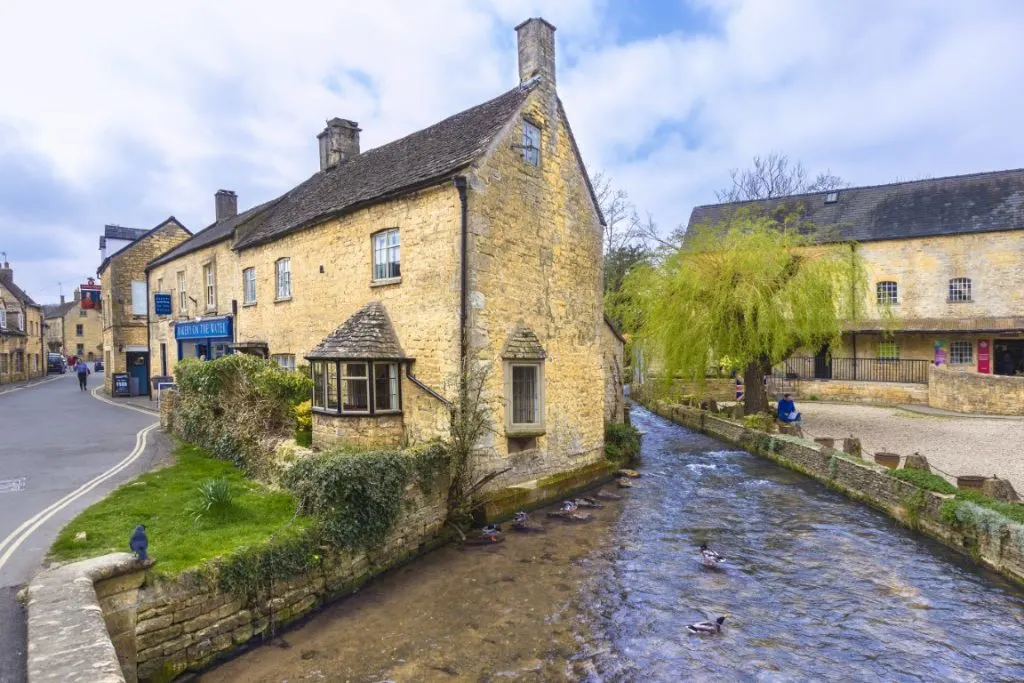
It is referred to by those who have visited it as “The Venice of the Cotswolds”. It is located on the picturesque River Windrush and is an ideal day trip destination.
Within this charming village are a variety of attractions including The Model Village, The Dragonfly Maze, and the Cotswold Motoring Museum.
From the romantic village of Bourton-on-the-water, you can take a stroll to the Lower and Upper Slaughter. The distance between these two locations is a little over a mile. These two villages are collectively referred to as “The Slaughters”.
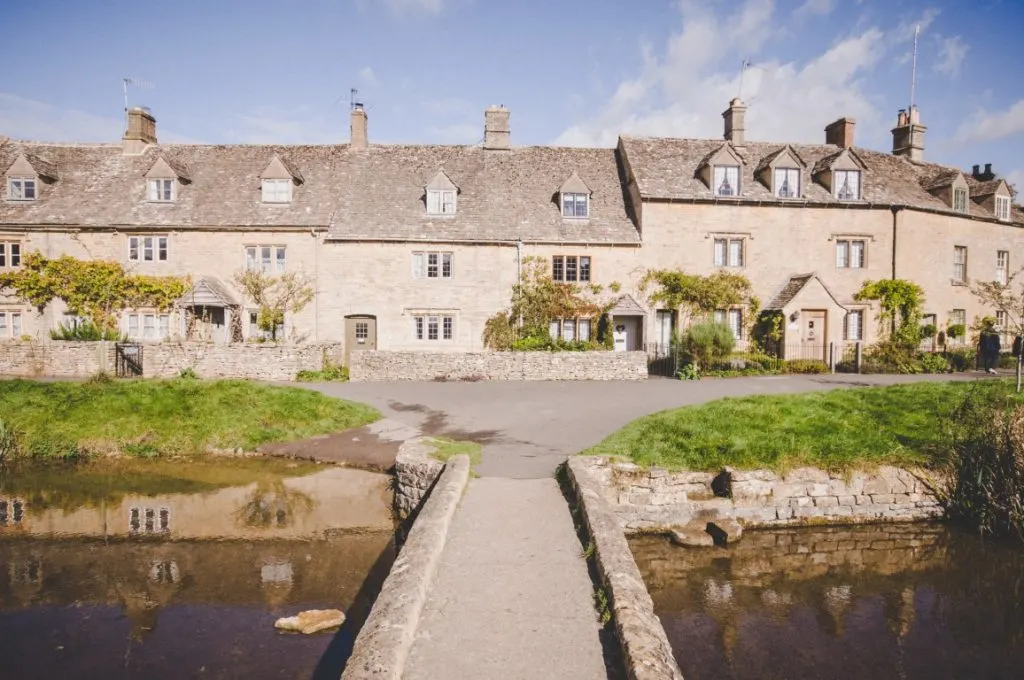
These are twin villages that straddle along the banks of the River Eye. This bank is also known as the Slaughter Brook, which is how the name was derived.
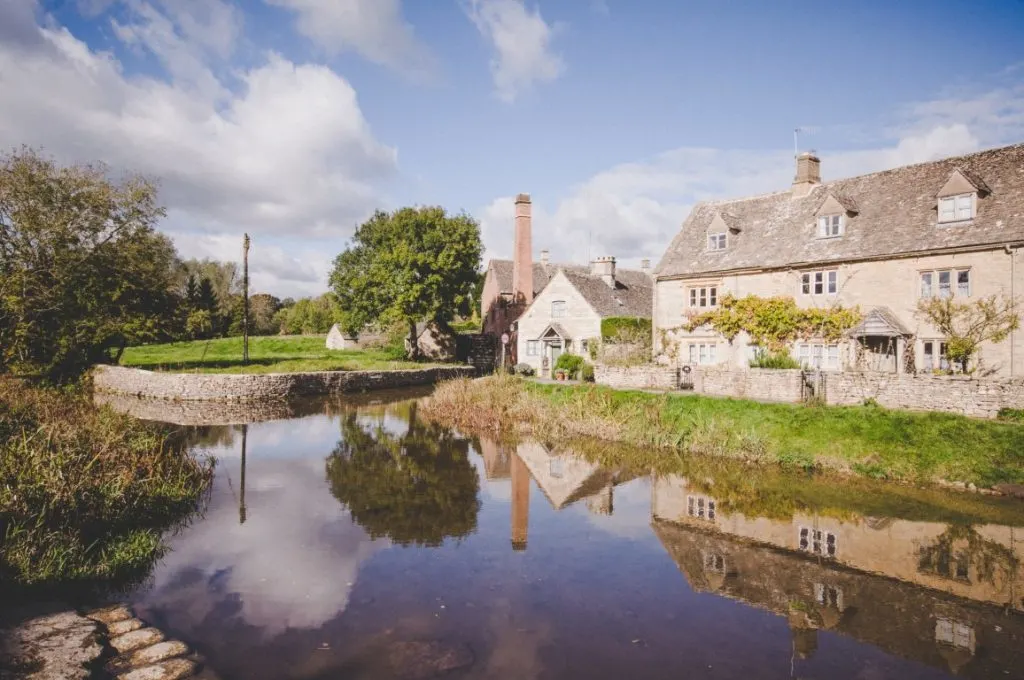
The main attraction here is the 19th-century flour mill that had been restored. There are not a lot of touristic activities or attractions, but is definitely a great way to experience the authentic English village charm.
READ ALSO: 10 Charming Villages in the Peak District
From the Slaughters, head up 800 feet above sea level to reach the small market town of Stow-on-the-wold, one of the most beautiful in the region.
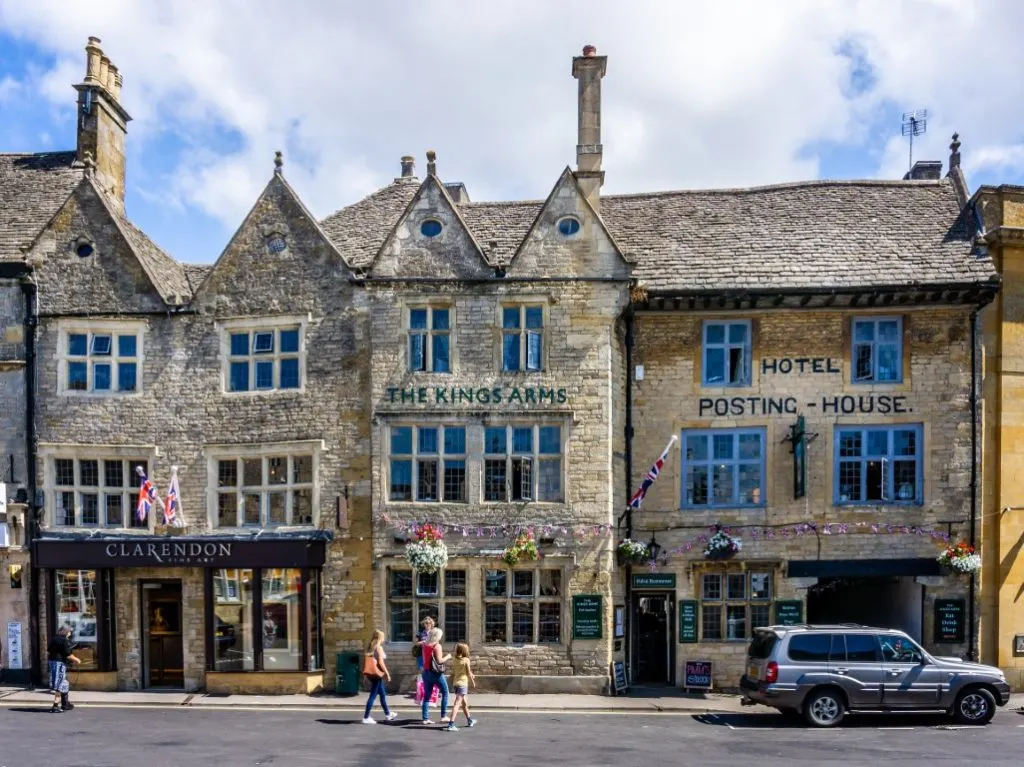
Once an important trading center, it is easily accessible as this is where several roads meet.
If you have more time to spare, a visit to the Daylesford Organic Farm is highly recommended.
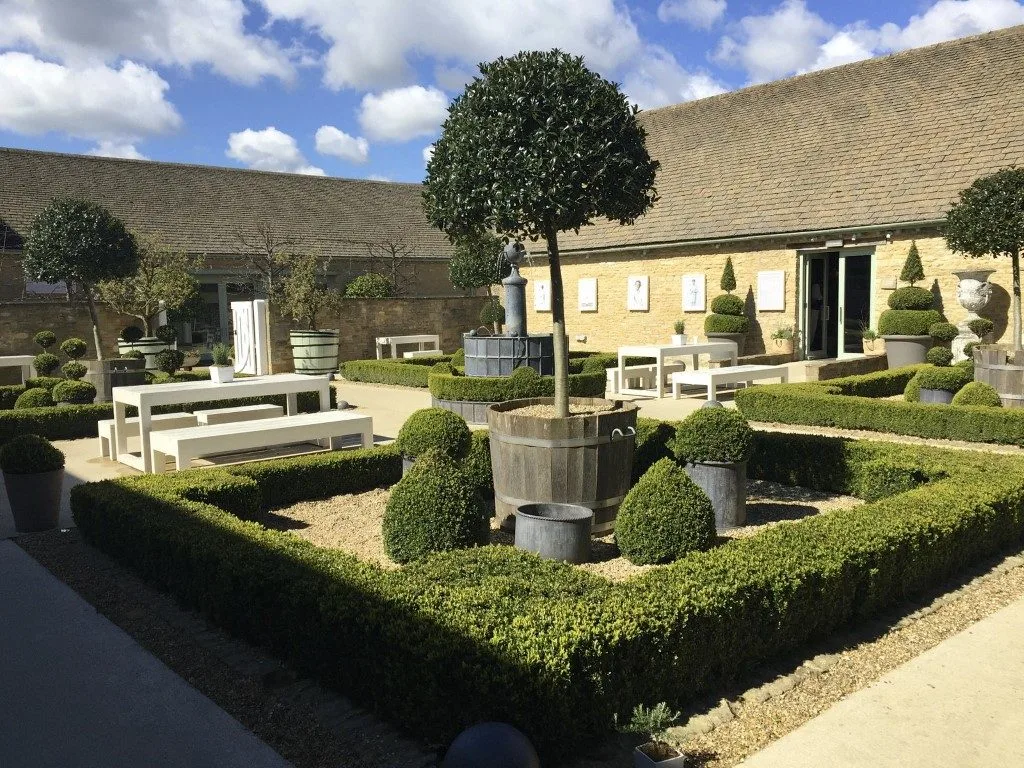
Satisfy your taste buds with great-tasting dishes prepared using locally sourced and fresh ingredients straight from its organic farm.
Once you have had your fill of organic meal, head to the Sezincote House.
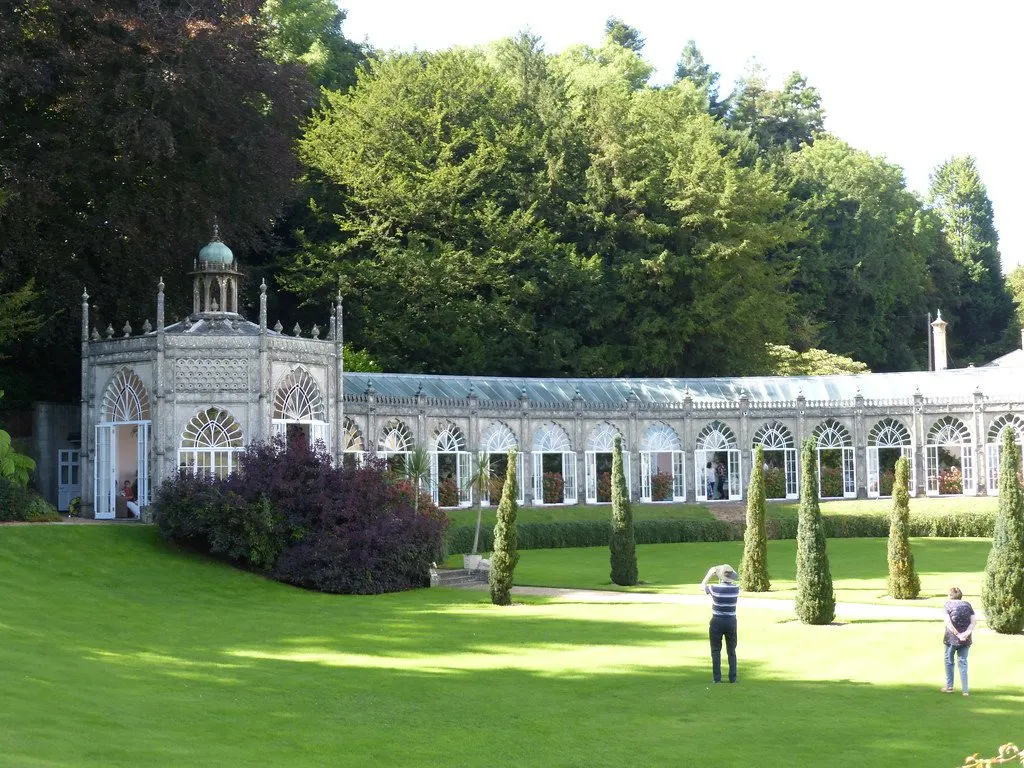
This country estate is located in Gloucestershire and boasts a Moghul architectural style, which is a combination of Hindu and Muslim architecture.
You should definitely try and visit both the house and the garden, but when planning your itinerary keep in mind that the Sezincote House is only open to the public on Thursdays, Fridays, and Bank Holiday Mondays in the afternoon, from May to September.
Day 3 – Explore the Western Cotswolds
On the third and final day of exploring Cotswolds, head to the western region. Start your day at Chipping Camden.

This is a small market town noted for its elegant terraced High Street. Other attractions include St. James’ Church and Dover’s Hill.
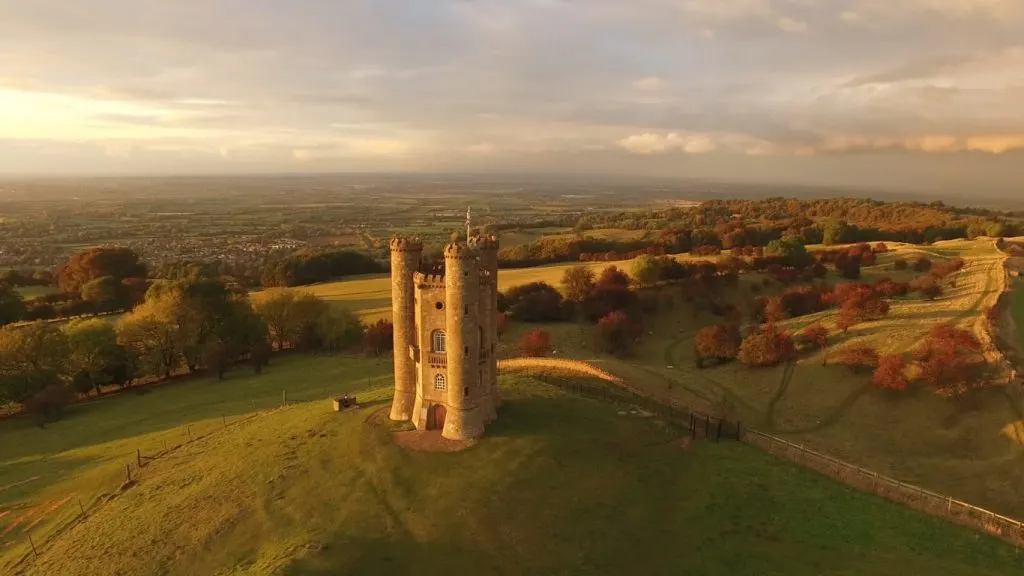
Also make sure to see the Broadway Tower, which is mid-way between Chipping Camden and Snowshill, the next destination. Going up the Broadway Tower is a must if you want to see the exhibit and marvel at the views of the surrounding villages from atop the tower.
From Chipping Camden, it is approximately a 12-minute drive to reach Snowshill.
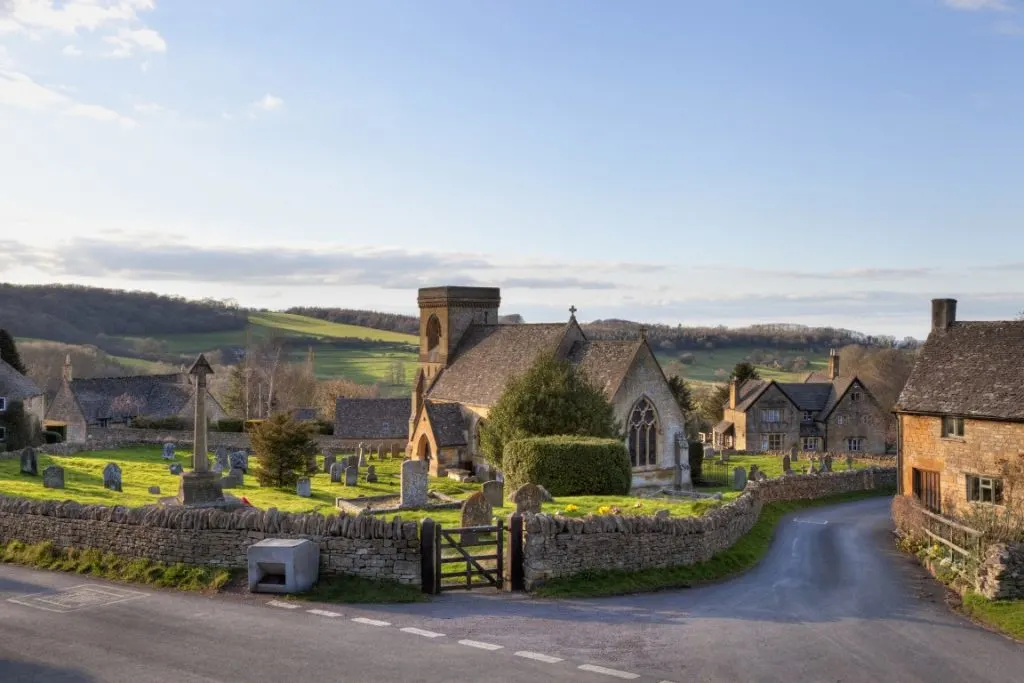
This small village sits atop the Cotswolds Edge, so it’s secluded and offers plenty of great views. It is best known for its unspoiled beauty and amazing collection of historic sites owned by the National Trust.
This is also where you will find the Cotswold Lavender Farm. The lavender fields are in full bloom from June to early August.

While you are in the area, don’t forget to drop by Stanton – an idyllic village on the foot of the Cotswolds escarpment. With a population of less than 200, this is an easy-to-explore attraction filled with cottages and stonewall houses.
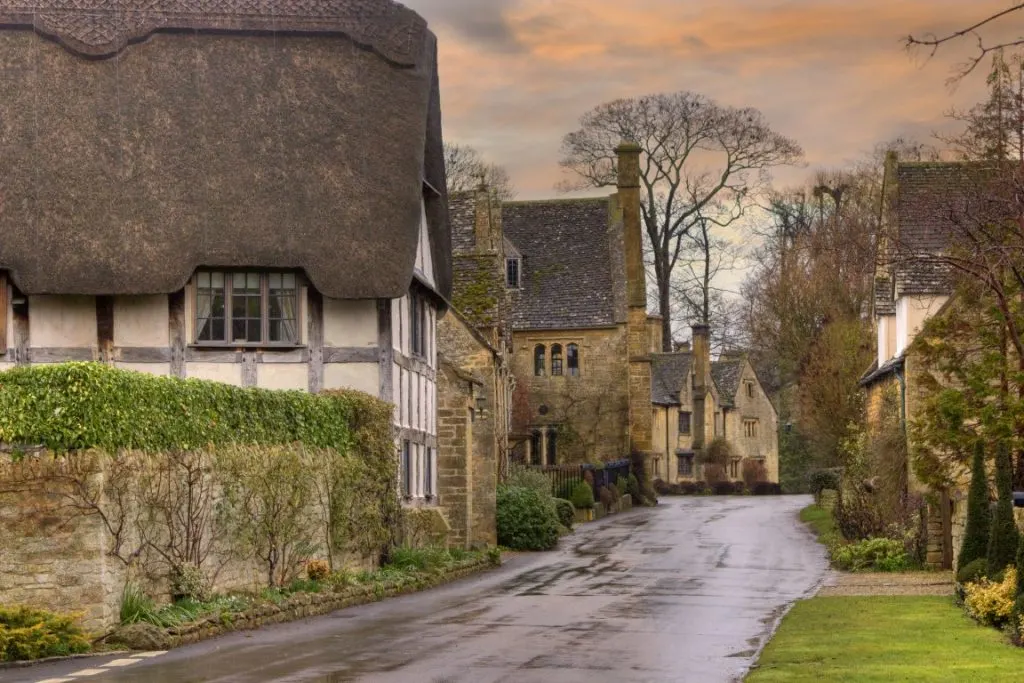
For your final stop, head to Winchcombe for a chance to sightsee at Sudeley Castle. This castle has a history that spans more than 1,000 years but the existing structure was restored in the 15th century.
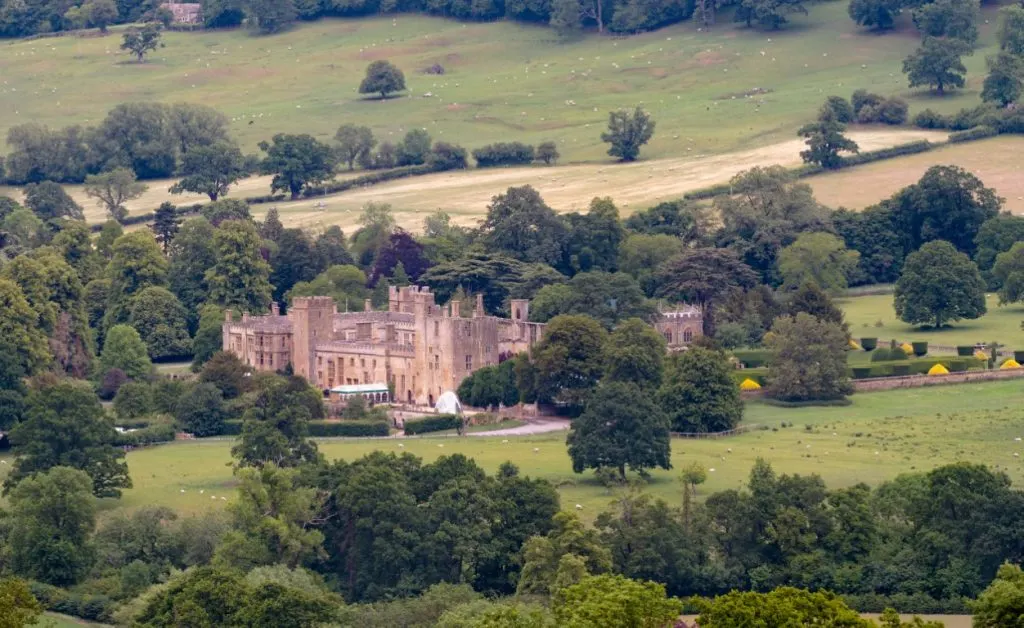
There are exhibitions held inside the castle for you to explore if you want to learn about the royal past of Sudeley. As with any great English castle, it has a stately garden that is maintained to the highest standards.
Where to Stay in the Cotswolds
Book your accommodation by using the map below ⬇
Where to Eat in the Cotswolds
The Cotswolds is best known for its romantic and picturesque villages that make you feel like you are stepping back in time. But the Cotswolds is also a fertile ground for culinary explorations.
If you have a taste for fine and gourmet dining, you would be pleased to know that there is plenty to satisfy your palate. From Michelin-starred fine dining restaurants and farm-to-plate restaurants to rustic country pubs, there are a variety of dining options to suit your taste.
Afternoon Tea in The Cotswolds
Drinking tea is a national pastime in England. Therefore, there is no more quintessential way to immerse into the way of life in the Cotswolds than to enjoy an afternoon tea.
One of the can’t-miss culinary experiences in Cotswolds is the afternoon tea at The Lygon Arms in Broadway. This is a 17th-century coaching inn located at the heart of the Cotswolds and within the village of Broadway.

This experience is built on over 600 years of tradition and history. The afternoon tea at The Lygon Arms is served at the Terrace Restaurant or in the Courtyard – though the last option is a more scenic and traditional one. The afternoon tea experience is seasonally themed so the menu can change regularly.
Among the delicacies served along with your tea are also traditional, such as puddings, scones, classic finger sandwiches, and a variety of English pastries. There are also vegan and gluten-free menu options for those who prefer them.
Another great place to enjoy afternoon tea is Huffkins Burford. If The Lygon Arms is fully booked during your visit, don’t despair as the afternoon tea experience at Huffkins Burford is equally spectacular and traditional.
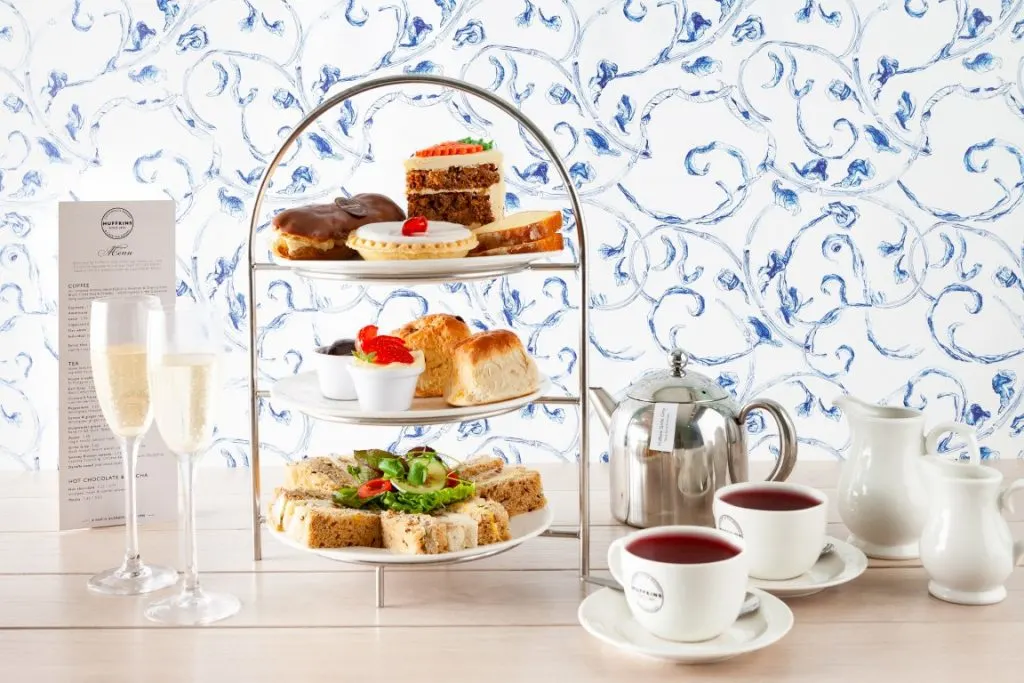
This bakery and café tea room has been serving delicious English pastries and teas to locals and tourists since 1890. It is located at the heart of the High Street in Burford, which serves tea for breakfast, brunch, lunch, and afternoon.
A classic afternoon tea menu includes servings of warm scones, handmade cake selection, finger sandwiches, preserves, and clotted cream.
Best Restaurants in The Cotswolds
For those who are looking to taste the best that the Cotswolds can offer (literally), head to Daylesford Organic Farm.

Daylesford is all about sustainability. The organic farm has been around for over four decades and it has committed to creating delicious dishes using the simplest ingredients.
Their organic farm employs sustainable farming practices, and in doing so is changing the face of British farming. They have a zero food waste policy and aim to become 75% energy self-sufficient by 2020. This philosophy is reflected in their menu.
Do you want to dine in a beautiful cottage with fresh and seasonal local produce? Head over to The Swan Inn at Swinbrook. It is a restaurant famed for offering locally sourced and seasonal menus in an idyllic part of the Cotswolds.
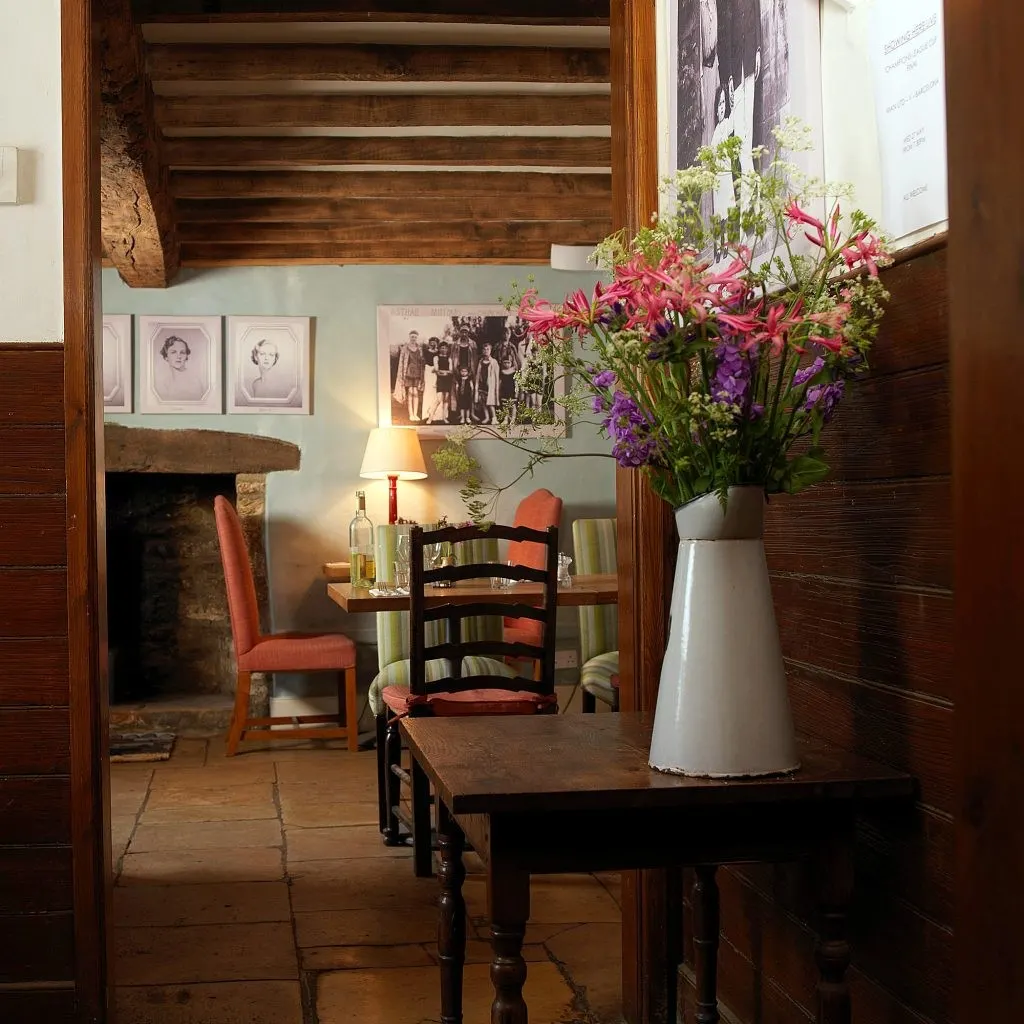
The food is what helped put The Swan Inn on the map but the character and the living atmosphere are part of the reason why it has gotten extremely popular over the years.
There is no better place in the Cotswolds to grab real ales and local beers, as well as get the opportunity to meet a few locals.
Last but definitely not least, a must-try experience to satisfy your palate while in Cotswolds is The Wild Rabbit in Kingham. Any list of the must-eat places in Cotswolds includes The Wild Rabbit as an option, and for good reason.
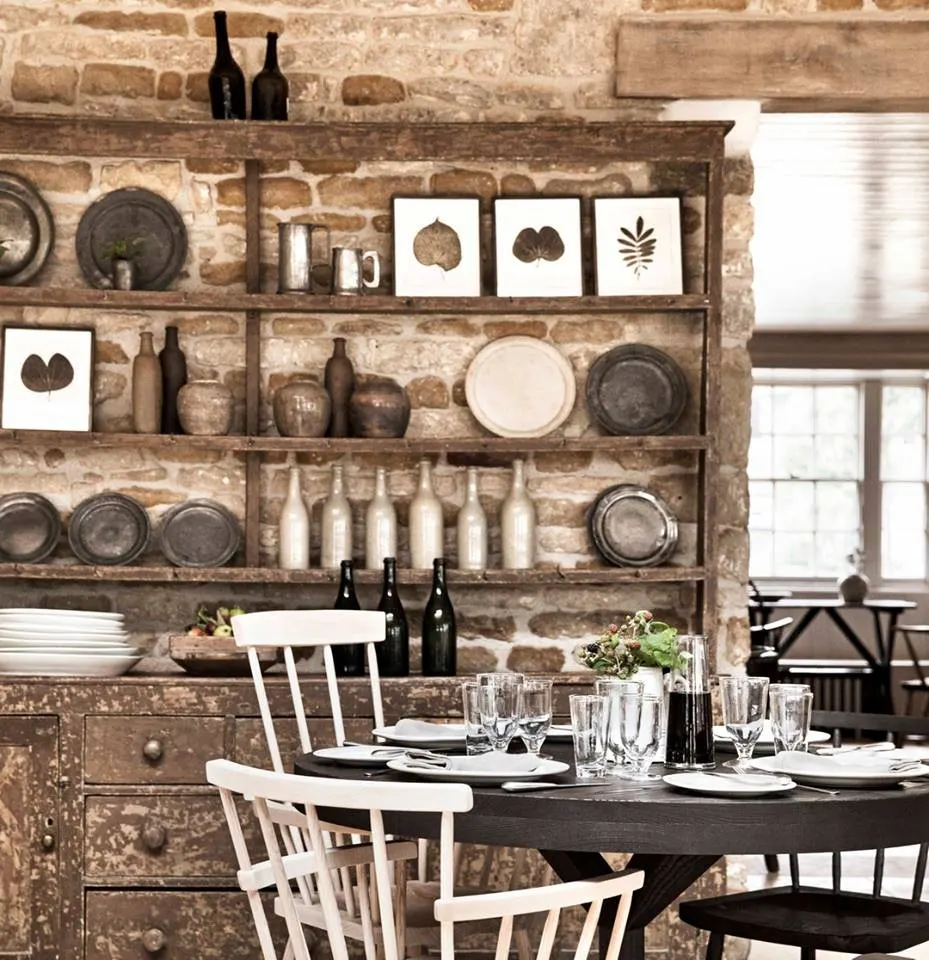
This is a modern British inn that is noted for its award-winning kitchen. The food at The Wild Rabbit is derived from ingredients brought in by local British farmers and other artisan producers.
The restaurant aims to showcase traditional British cooking with a modern twist. The food is not the sole highlight of your dining experience as the dining room aesthetics is also worth noting. You can also sit by the fireplace for a cozy dinner.
Best Time to Visit the Cotswolds
The Cotswolds are located in the Central and South-West regions of England. This region is known for its temperate maritime climate that experiences warm (not hot) summers and cool winters (that can get cold). It is rare for this part of England to experience extreme weather, so you can visit the Cotswolds any time of the year and expect fair weather conditions.
On average, the hottest month of the year is in July. January is the coldest time of the year in Cotswolds. There is a well-distributed amount of rainfall throughout the year.
But visiting in December means that you could experience more rainfall than other months in a year. On the flip side, February is the driest month of the year.
As with the rest of the UK, weather can be unpredictable in the Cotswolds. You can use the information provided above as a guideline so you can decide the best time of the year to plan your visit. But it is best to come prepared and pack your rain gear when you go.
In some cases, you could experience various elements of four seasons in a single day. Always check the weather forecast before you travel to the Cotswolds so you know what kind of weather to expect.
Read More: Other Destinations in the UK
10 Villages in The Peak District Not To Miss
14 Magical Things to do in London in the Winter and Fall
17 Unusual Things to do in London
This post contains affiliate links, which means if you book something through one of my links I might get a commission, at absolutely no extra cost to you

Bea Adventurous
Sunday 14th of August 2022
This is an incredible 3 day itinerary! You've included lots of ideas here which will be sure to keep anyone busy on their trip to the cotswolds! Some brilliant ideas, thank you!
Kinal Jain
Tuesday 14th of December 2021
Hi Steph, would you recommend going there in winter (december)? Would the beauty of the place reduce as winters mean less greenery and more stems visible?
Steph
Sunday 26th of December 2021
Hello! I honestly don't know how to answer. I am not a winter person at all and I've never visited at wintertime, so for me, it would be too cold to enjoy walking through the villages, but each person is different! I'm sure the atmosphere would be magical though, and you can always plan for multiple tea stops, just a different experience.
Jessy
Friday 31st of January 2020
Hi Steph, would you recommend staying at a new village each night or did you have one base where you returned to each night? If so, what would you recommend?
Steph
Saturday 1st of February 2020
Hi Jessy! If you don't mind changing place since it's a short road trip, I'd recommend doing that. This way you won't have to lose precious time retracing your steps. Just make your itinerary and try and stay at you last destination for the day or the first destination of the next day!